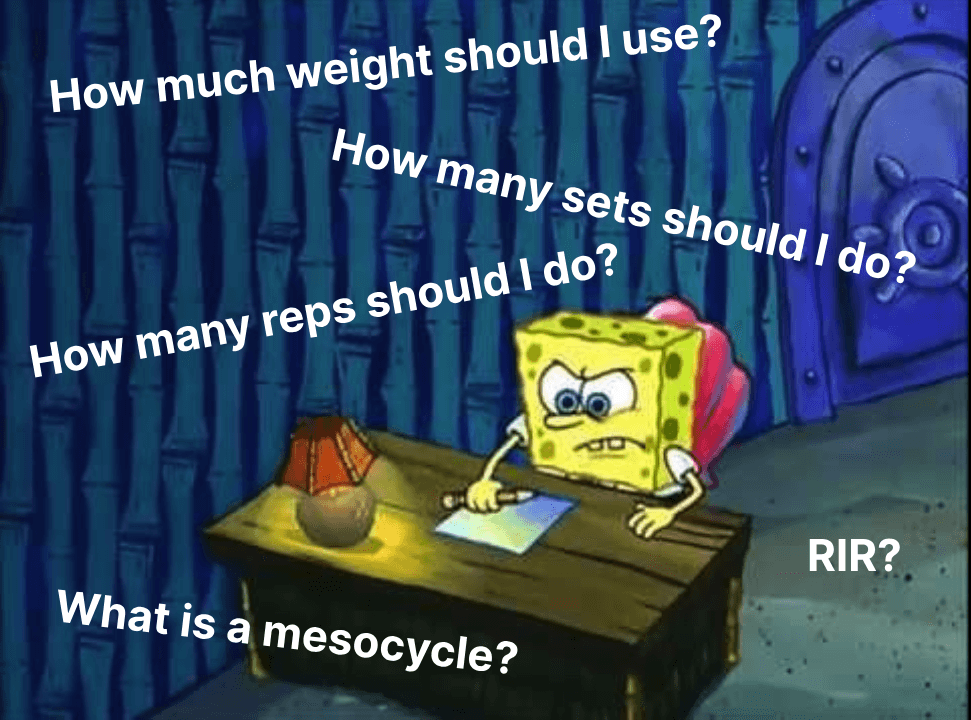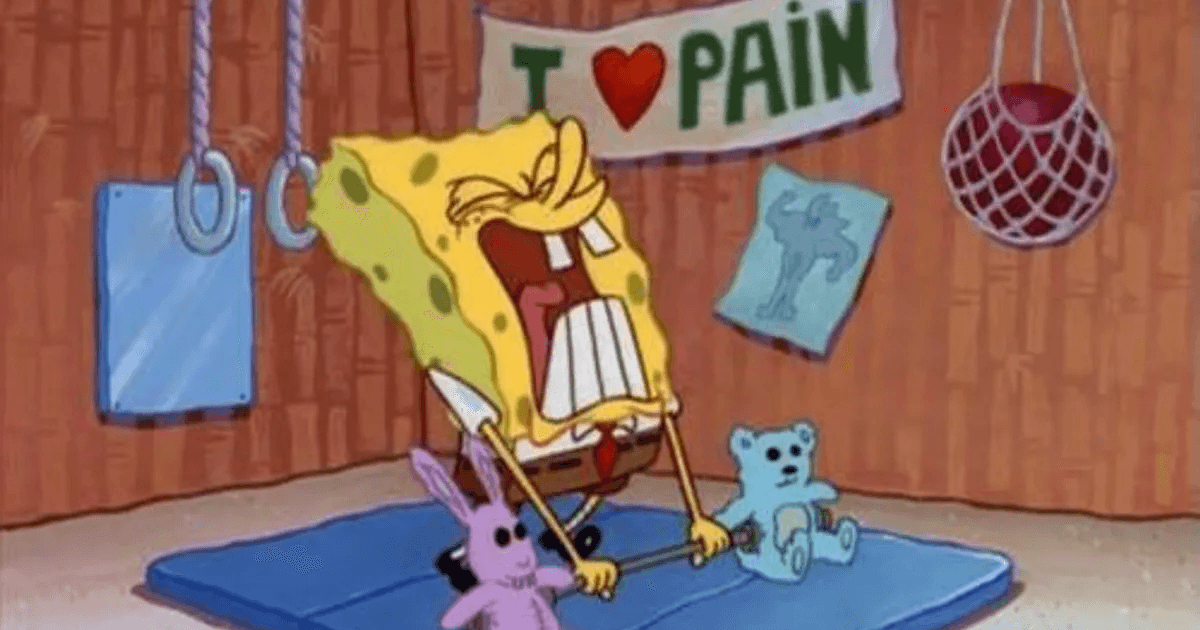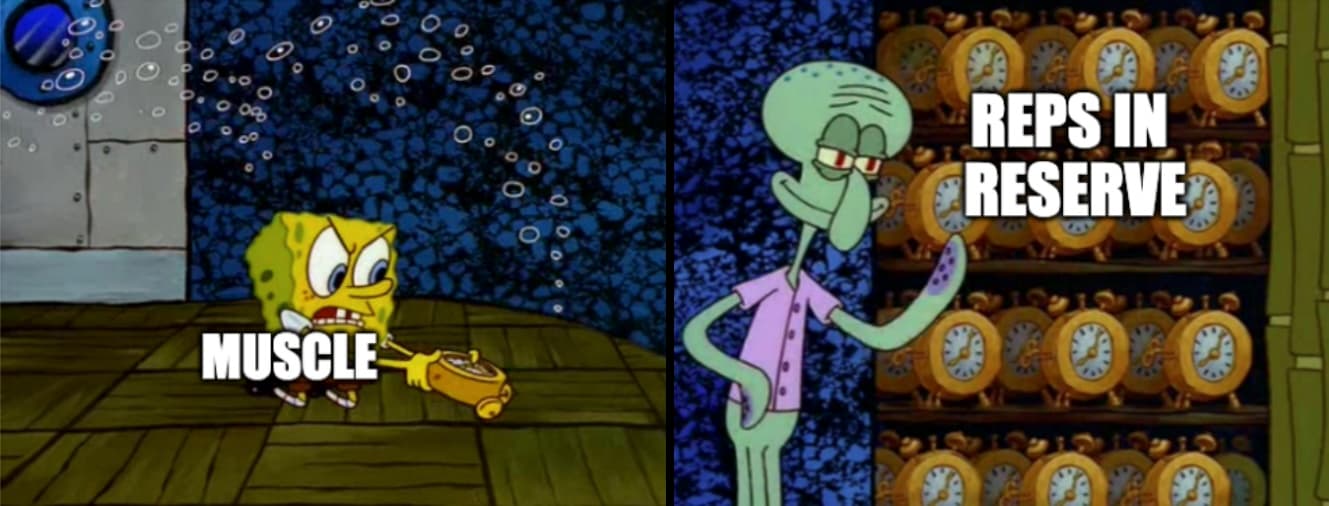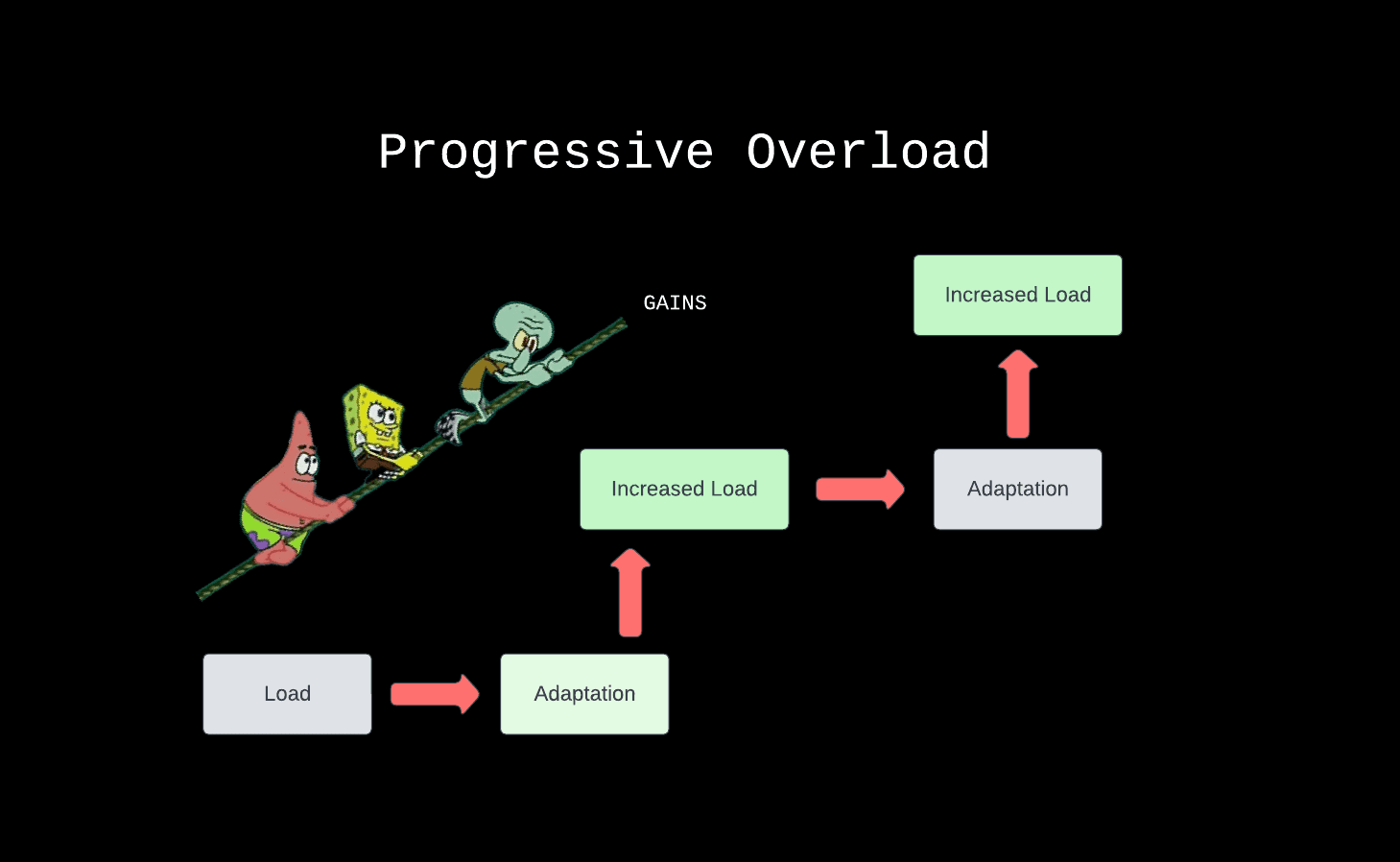How to Build an Effective Hypertrophy Program



Introduction
To ensure muscle growth, we need to have a systematic approach to our training. We understand this deeply at Hyperlog, which is why we've created a progression algorithm that takes the guesswork out of creating a program that builds serious muscle.
This article dives into the core concepts that power our progression algorithm, allowing you to understand how Hyperlog builds the best hypertrophy program for you.
We aim to answer the following questions for you:
- What are Mesocycles?
- How many reps should I do?
- How much weight should I lift?
- How many sets should I do?
- How should I progress?
- When should I switch exercises?
- How does Hyperlog use this information?
What are Mesocycles?
The core of the Hyperlog's program structure is the mesocycle. A mesocycle is a 4-6 week training block that follows a 4:1 overload-to-deload ratio. In simpler terms, you train hard for 4 weeks, and then you recover for 1 week. It looks something like this:
- 4 weeks of progressive overload
- 1 week of deload
This is the foundation of the Hyperlog program structure, and it is what allows sustained progress while managing fatigue and minimizing injury.
How many reps should I do?
Different rep ranges correlate with different adaptations:
- 1-5 reps: Strength
- 6-12 reps: Hypertrophy
- 12+ reps: Endurance
However, these are not strict rules. Sometimes people like to aim for 5-10 reps for hypertrophy. Some people like to go as high as 15 reps for hypertrophy as well.
As a default, you should try to aim for the same rep range between each mesocycle.
In terms of how rep range affects the program, this is one of the more flexible variables we can adjust. The range itself is adjustable, and it's perfectly fine to adjust the range between mesocycles.
How much weight should I lift?
We want to choose a weight that allows you to hit your target rep range with 0-3 Reps in Reserve (RIR), depending on what week of the mesocycle you are in.
- RIR is simply the number of reps you could have done beyond your set.
- If you're like to learn more about RIR, check out our article about Training Smarter using Reps in Reserve.
For example, if you're in Week 1, and you are aiming for 8-12 reps with a RIR of 3, you should use a weight that is heavy enough that you can lift it 8-12 times with 3 reps left in the tank.
The goal here is structured progression. If you throw on the highest weight you can possibly lift in the first week, you're going to be too fatigued to lift heavy in the following weeks.
- It is perfectly fine to use a weight in the first week that is lighter than the weight you used in the last week of the previous mesocycle.
✅ The key is to end the mesocycle with a weight that is heavier than at the start of the mesocycle.
How many sets should I do?
First, we need to understand the concept of Volume Landmarks. These are the different thresholds of training volume that drive specific physiological responses. These landmarks include:
-
Minimum Effective Volume (MEV): The lowest volume needed to stimulate muscle growth.
-
Maximum Adaptive Volume (MAV): The optimal volume for maximum growth.
-
Maximum Recoverable Volume (MRV): The maximum volume the body can recover from.
When deciding on how many sets to do, we want to start the mesocycle (week 1) with your best estimate of your MEV (Minimum Effective Volume).
If you're not sure what your MEV is, you can start with 2-3 sets for an exercise. If you start too easy, it's not a big deal: you can always increase the volume (do more sets) in the following weeks.
- If you start too hard, you risk throwing off the rest of the mesocycle by overexerting too early, so starting with a lower, more conservative number of sets is usually better than higher.
- Have you ever done an exercise where you did a bit too much, and you ended up being way too sore for a whole week? That's the exact scenario we want to avoid.
As you progress through the mesocycle, you should gradually increase the volume until you reach your MAV (Maximum Adaptive Volume).
🚀 The key here is you should start the mesocycle with enough volume to give a small pump and slight soreness. Then, you should gradually increase the volume each week until you reach a number of sets that you are absolutely maxed out.
How should I progress?
Here's a simple yet effective progression model within a mesocycle:
- Week 1: 3 RIR
- Week 2: 2 RIR
- Week 3: 1 RIR
- Week 4: 0 RIR
- Week 5: Deload
This approach balances intensity and recovery, allowing for consistent progress without excessive fatigue accumulation.
From each mesocycle to the next, you should aim to increase the weight you're lifting.
How do we adjust reps and weight to achieve this?
- We want to add enough weight OR do more reps to match last week's RIR or 1 lower.
- Make sure you don't add so many reps that you end up exceeding your target rep range. If this is a concern, increase the weight instead.
🔑 The key here is to add as much weight, or as many reps, as you can to hit that week's target RIR. And each week, that RIR target should be 1 rep lower than the previous week.
When should I switch exercises?
You should stick with an exercise as long as:
- ✅ You are hitting PRs from one mesocycle to the next
- This is proof that you're getting stronger from each mesocycle, so you should continue to stick with the same exercise. There's no need to switch things up! Keep that momentum going.
- ⚠️ However, if you're not hitting PRs, espeacially during a muscle-building mesocycle, then it may make sense to switch things up. Something is definitely up if you're meant to be building muscle and you're not getting stronger.
- ✅ You're feeling good muscle pumps, getting a good mind-muscle connection, and feeling the muscle disruption
- Beyond just numbers, if you are feeling the target muscle, you should continue to stick with the same exercise.
- A good indicator of this is you're feeling soreness in the target muscle after the session
- ✅ You're not experiencing persistent or worsening joint or connective tissue pain.
Scoring
If you check all 3 boxes, you should continue with the same exercise.
If you only check 2 boxes, you could consider switching things up, depending on what the missing box is.
If you only check 1 box, or none, you should definitely replace the exercise.
🔜 We are currently working on a system in the Hyperlog app that will let you provide feedback on the above items, and it will make the recommendation to switch exercises if needed!
How does Hyperlog use this information?
The Hyperlog app is designed to demystify the process of building muscle. Our algorithm when constructing programs takes into account:
- Your feedback on how you feel: we gather this through the feedback form after each session
- The RIR, weight, reps, and sets you lift in the app
- The optimal volume for each of your muscle groups: we take into account the the Maximum Adaptive Volume (MAV) for your muscles, which is the highest volume that your muscles can handle without fatigue or injury.
This ensures that each mesocycle that Hyperlog creates for you is:
- Individualized to you
- Optimized to ensure progress, while minimizing fatigue and injury
- Adaptable to changing circumstances
Conclusion
Building muscle isn't complicated, but it requires consistency and structured progression. Focus on:
- Hitting the right rep range (6-12 for hypertrophy)
- Progressively overloading (use the RIR progression model)
- Managing volume (start at MEV, progress towards MAV)
- Listening to your body (switch exercises when progress stalls or pain persists)
As long as you are within 0-3 RIR, and between Minimum Effective Volume (MEV) and Maximum Recoverable Volume (MRV), the progression is ensuring you are making gains. Then we want a deload week to let the body recover. And repeat the above for the next mesocycle.
The beauty of the Hyperlog app is it does all the above calcuations for you: it takes all the guesswork out of creating the mescocycle, so you can just focus on the lifting. While it is still in development, sign up for our iOS private beta, give it a try, and be notified when the full app is available!


